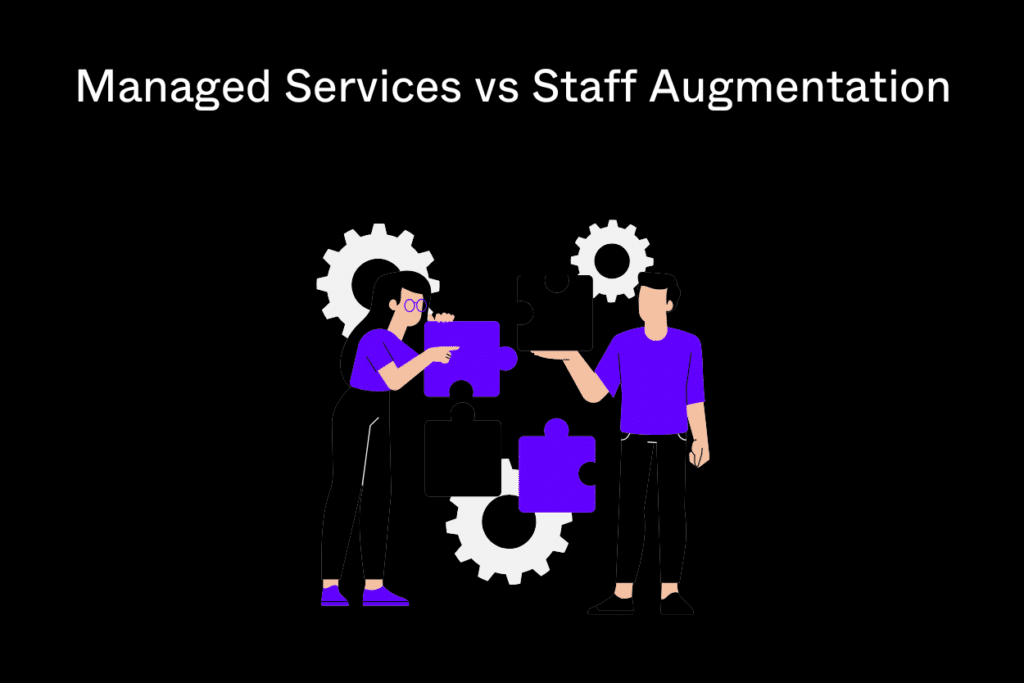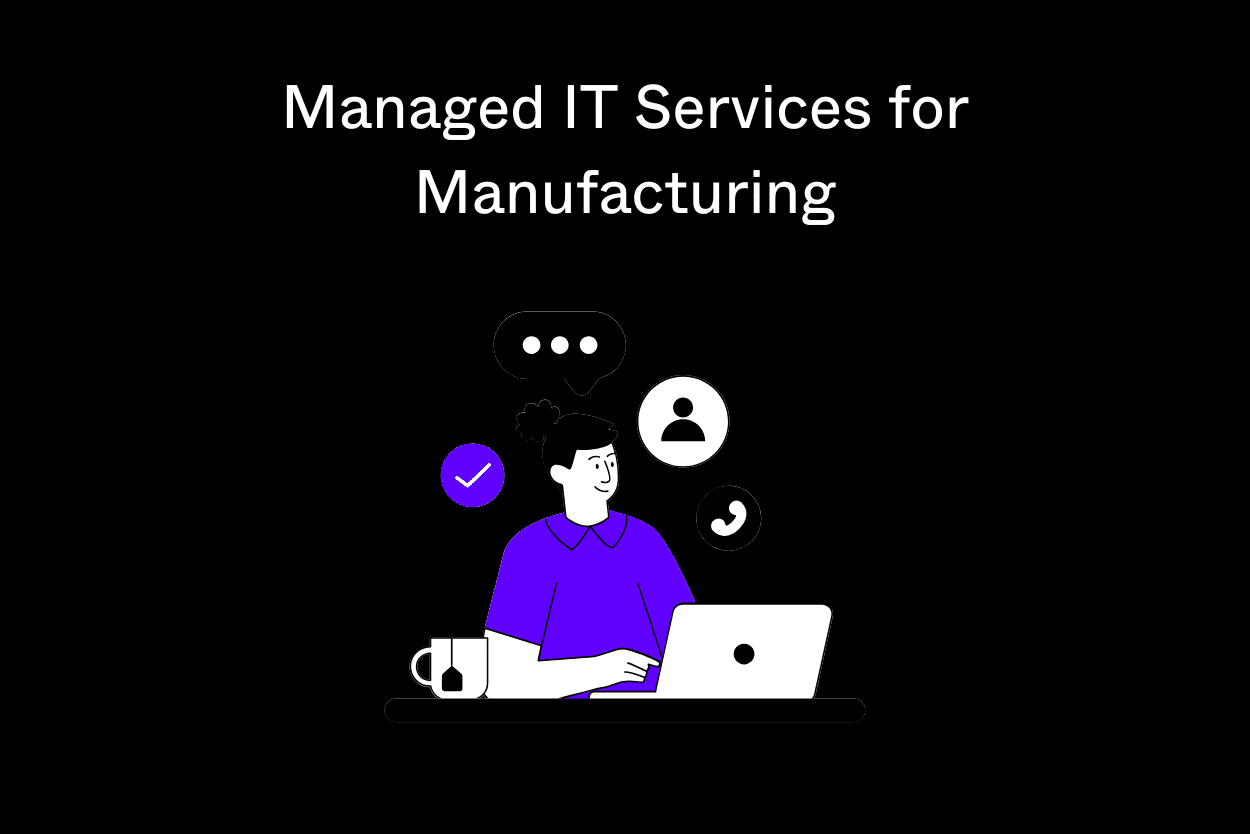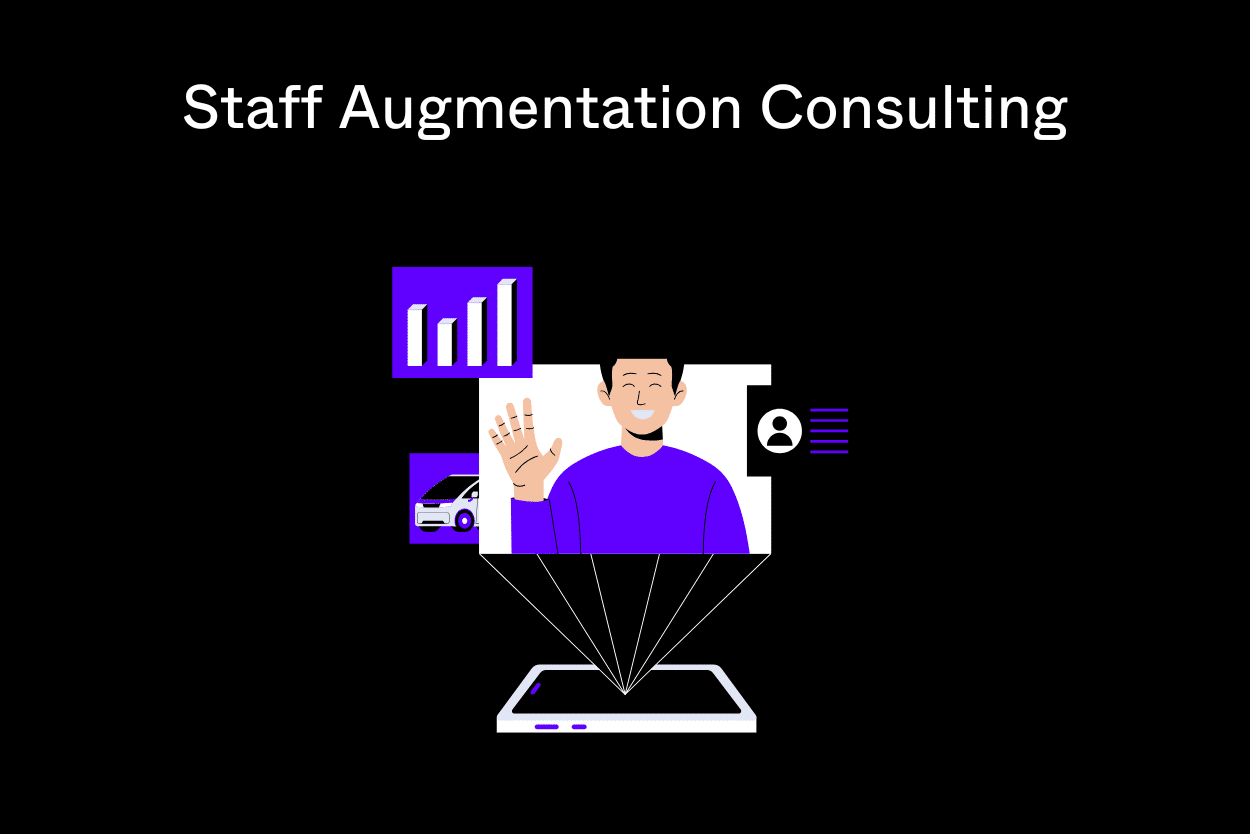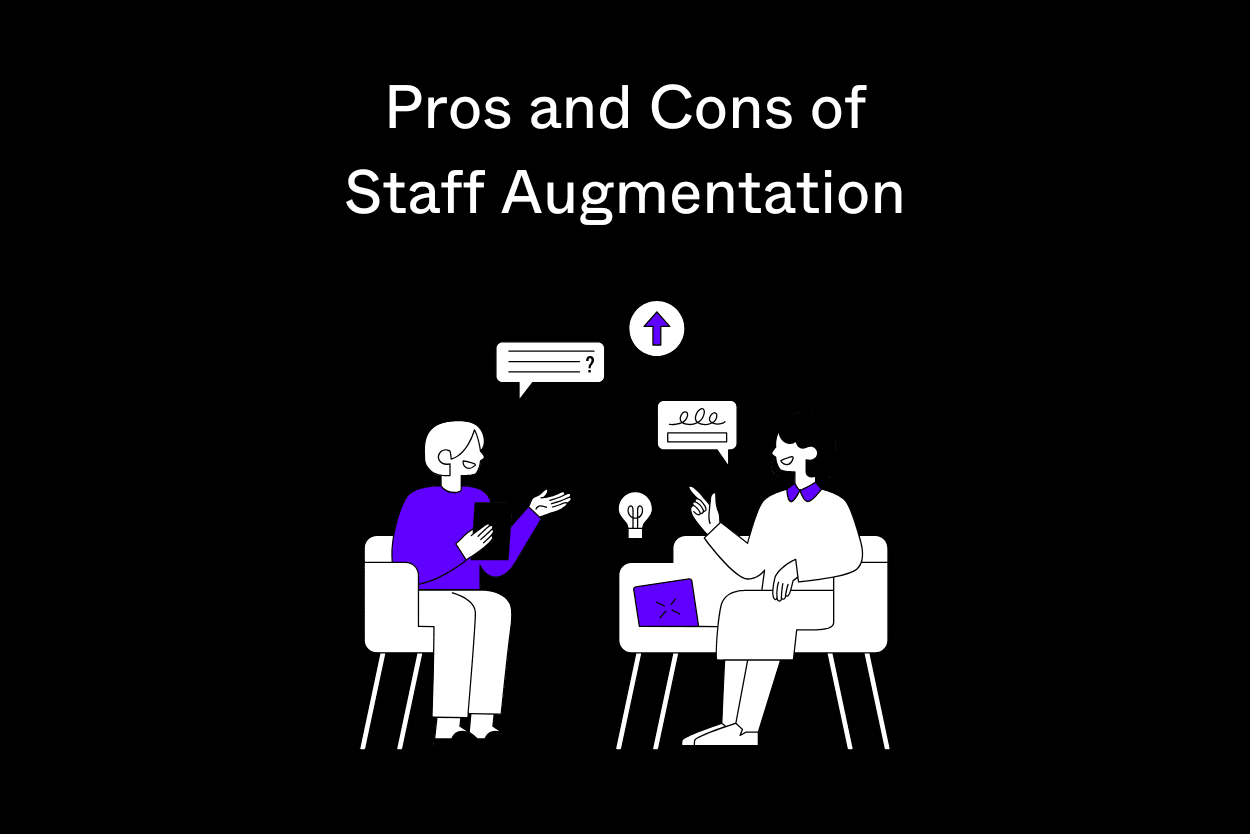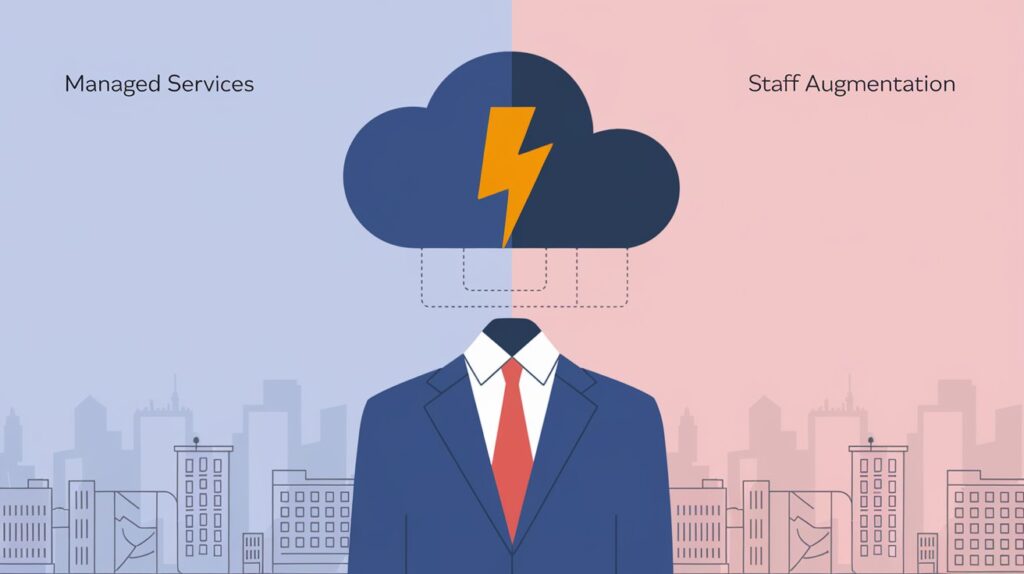
Today’s dynamic business environment makes the need for effective ways to optimize agility in operation and efficient use of resources all the more critical. Among such prevalent models, two of them are staff augmentation and managed services.
As of 2023, the market size for IT staff augmentation and managed services was at about USD 299 billion and is expected to increase to USD 1072 billion by 2032, compounded by an annual growth rate of about 13.7%.
Both have different strengths and can turn into great leverage for driving business growth if they are utilized the right way. Managed Services vs Staff Augmentation blog takes each model to the next level and allows organizations to make a correct choice according to their requirement.
What Is Staff Augmentation?
Staff augmentation is among the outsourcing strategies that support the projects of the staff and ensure effective response to business objectives. This flexible method enables companies to add skilled technical resources to existing teams according to the additional skills needed to complement their initiatives.
Staff augmentation differs from permanent hiring in the fact that a company can involve professionals for only a short-term period, adjusting it as necessary to accommodate any change in project requirements.
What Are Managed Services?
Managed services is the delegation of day-to-day management responsibilities and IT operations as a strategic means of streamlined process and operational efficiency. This model is supposed to offload specific operations to third-party providers who have specialized in running those tasks. Managed services incorporate a wide scope of solutions ranging from network to application, infrastructure, and security services managed under a subscription by an external contractor.
Managed Services vs Staff Augmentation : Which Should You Choose?
When making this decision, generally, staff augmentation is picked if a company already handles management at a certain magnitude, size of the company or scope of their work. Make staff augmentation for you if your team just needs help filling gaps where specific skills could be improved or increasing manpower when the demand peaks without having a full-time set of staff under your care.
Managed services are better suited for long-term projects, where maintenance and management are needed on an ongoing basis, as outsourcing can simplify operations and reduce costs.
Cost Difference between Managed Services and Staff Augmentation
One of the key factors that will have to come into play when deciding on between staff augmentation and managed services will be cost; staff augmentation costs are typically variable because a company pays according to the hour for project completion, which for short-term projects may even be cheaper.
Managed services are often a fixed-cost model. This can mean that the pricing is predictable, yet an initial investment will be necessary, which is then justified by long-term savings due to increased operational efficiency and fewer in-house staffing requirements.
| Cost Factor | Managed Services | Staff Augmentation |
| Pricing Model | Fixed monthly or annual fee | Pay per use, based on hourly rates or project-specific fees |
| Initial Investment | Higher initial cost due to setup and integration requirements | Lower initial costs as it typically does not require setup fees |
| Long-term Costs | Potentially lower due to efficiencies and economies of scale | Can be higher due to ongoing labor costs |
| Operational Costs | Reduced operational costs by outsourcing entire functions | Higher operational costs as management and oversight remain in-house |
| Resource Utilization | Costs include comprehensive management and automation tools | Costs are variable and depend on the duration and number of staff |
| Flexibility and Scalability | Less flexible, with costs tied to contracts | Highly flexible, allowing for easy scaling up or down |
| Additional Expenses | Includes continuous support, maintenance, and often upgrades | Mainly includes the cost of labor, with possible additional training expenses |
Staff Augmentation vs Managed Services – Best Use Cases
Staff Augmentation Use Cases:
Short-term Projects and Deadlines
When a company is confronted with short-term project needs that need specialized skills not existing internally, then staff augmentation is appropriate. Companies can scale their workforce quickly with great efficiency and avoid the long-term commitment attached to hiring permanent staff.
Access to Specialized Skills
For projects requiring specific technical expertise, such as AI, blockchain, or cybersecurity, that the current staff lacks, staff augmentation provides access to a global talent pool. This is especially useful for tech-heavy industries or projects with unique technological demands.
Cost-effective Scaling
In industries with fluctuating workloads, such as IT development or seasonal retail operations, staff augmentation offers a flexible and economically viable way to adjust workforce size and capabilities without incurring the overhead costs associated with permanent hires.
Managed Services Use Cases:
Long-term IT and Operational Management
Long-term projects, in which continuous management, monitoring, and maintenance are needed, require managed services. Such services include IT infrastructure management, network security, and cloud services. These can be outsourced for stability and relief of the burden on internal resources.
Comprehensive IT Outsourcing
Companies that would fully outsource their IT departments could use managed services to handle everything from basic IT support to advanced cybersecurity and compliance management. This can be seen in areas such as health care and finance, where the security of the data and the requirement for regulatory compliance are critical issues.
Strategic Business Transformation
Organizations in the process of undergoing significant digital transformation or having to implement highly complex new technologies across departments need managed services to deliver structured solutions with guaranteed service levels. It enables businesses to focus on strategic goals while allowing the service provider to manage technological implementation and operation.
Choosing the Right Model for Your Organization
The decision of staff augmentation or managed services must be in accordance with your overall strategy, capacity for management, and long-term goals. Take into consideration the following factors:
Project Duration and Flexibility
Short-term projects with variable scope are better suited for staff augmentation, while long-term projects with defined parameters might benefit from managed services.
Control and Oversight Needs
If direct control over the workforce and the work process is critical, staff augmentation is preferred. Managed services may eliminate some of the direct oversight but can provide access to specialized skills and technologies.
Cost Constraints
Budget limitations might also influence the choice. Staff augmentation can minimize costs related to hiring and training, especially if the need for the skill is temporary. Managed services might involve higher initial costs but can reduce long-term operational costs.
Conclusion
The choice between staff augmentation and managed services depends on several factors, such as cost, control, flexibility, and the nature of the work to be done. Each model offers unique benefits and can significantly impact the success of your projects and operations.
By understanding these options and evaluating your organizational needs, you can choose the most effective path that not only optimizes resources but also enhances business outcomes.
Frequently Asked Questions
1. Which model provides more staff control?
Staff augmentation affords much more direct staff and project management control. As such, business houses can exercise considerable influence on the direction of the project as well as outcomes.
2. Can I change from one model to the other if my business needs change?
Absolutely. Businesses can pivot from one model to another. Many begin in staff augmentation to answer an immediate project need and evolve into managed services for more advanced support.
3. How do I determine which model is more cost-effective for my business?
Scope and duration of your projects should be evaluated. If it is short term or variable, staff augmentation will be cheaper. Managed services will be more economical if the projects are long-term stability and management overhead.
